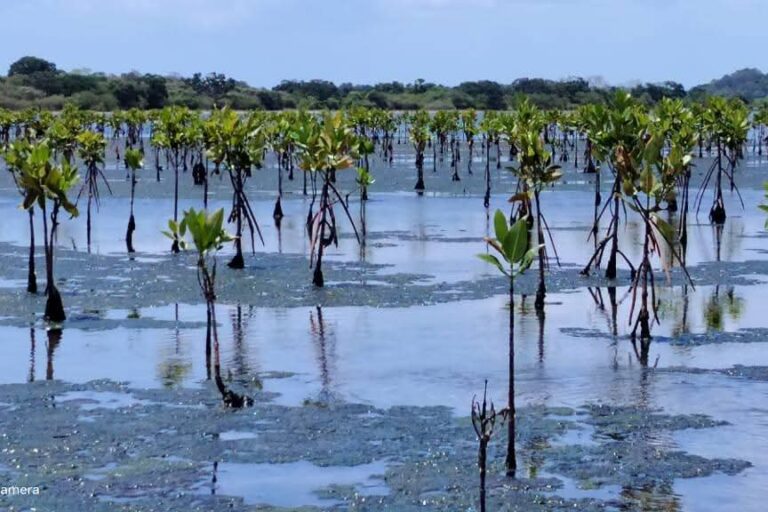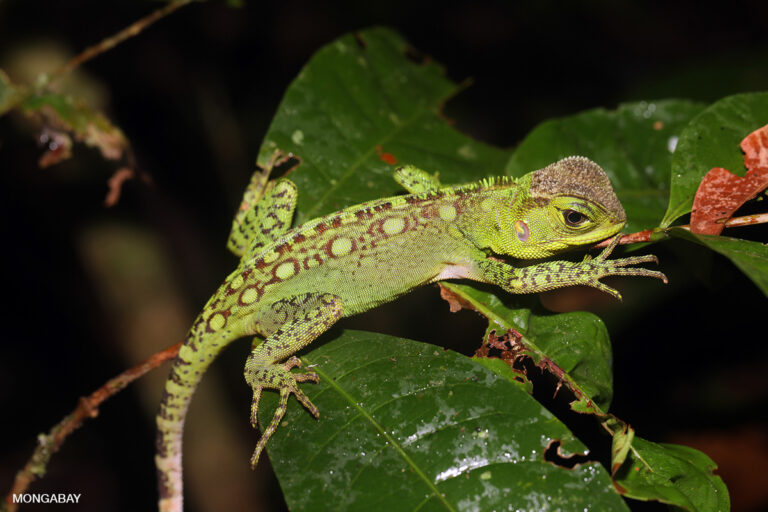Founder’s Briefs: An occasional series where Mongabay founder Rhett Ayers Butler shares analysis, perspectives and story summaries.
For most Americans, the loss of a tree might pass unnoticed. For Rex Mann, it changed the course of his life.
As a boy growing up in the mountains of western North Carolina, Mann listened to his father — once a moonshiner, later a Baptist lay minister — describe the American chestnut (Castanea dentata) not in botanical terms, but as kin. The tree was food, lumber, income, shelter. It was culture. Its demise, caused by a blight introduced to the United States in 1904, reduced a foundation species to scattered root sprouts. By the time Mann was born in 1944, most chestnuts were already dead. But their ghosts still stood — gray, silent, and imposing — in the forests where he would make his career.
Mann joined the U.S. Forest Service in 1967 after graduating from North Carolina State University. He spent more than four decades in the field, first in Virginia, later in Georgia, Arkansas and Kentucky. A natural leader and no stranger to wildfire, he directed large-scale fire response operations in Florida and Montana. His contributions earned him recognition in the White House Rose Garden, but retirement didn’t temper his sense of purpose. Instead, he devoted his remaining years to resurrecting the tree that had haunted his youth.
In 2000, Mann co-founded the Kentucky chapter of the American Chestnut Foundation, eventually serving as a board member emeritus. A self-described “chestnut evangelist,” he took the stage at TEDx in his 70s, newly in remission from lymphoma, to recount his father’s stories and make the case for the tree’s return. Blending science and sentiment, he argued the chestnut was more than wood or wildlife forage; it was a model for ecological restoration in the face of globalization and accelerating species loss.
His advocacy reached across generations. Grandparents who recalled foraging for chestnuts saw their memories taken seriously. Young researchers found in Mann a mentor who prized both rigor and moral clarity. He understood, better than most, that forests are systems — not simply collections of trees — and that every loss is part of a pattern. His support for biotechnological restoration was cautious, but pragmatic. “If we don’t have the answers,” he said near the end of his life, “we will soon.”
Rex Mann died in Mt. Sterling, Kentucky, with his wife Anita at his side. He is survived by his two sons and six grandchildren. The tree he loved is not yet back. But thanks to him, it is no longer forgotten.
Banner image of Rex Mann courtesy of the American Chestnut Foundation.














